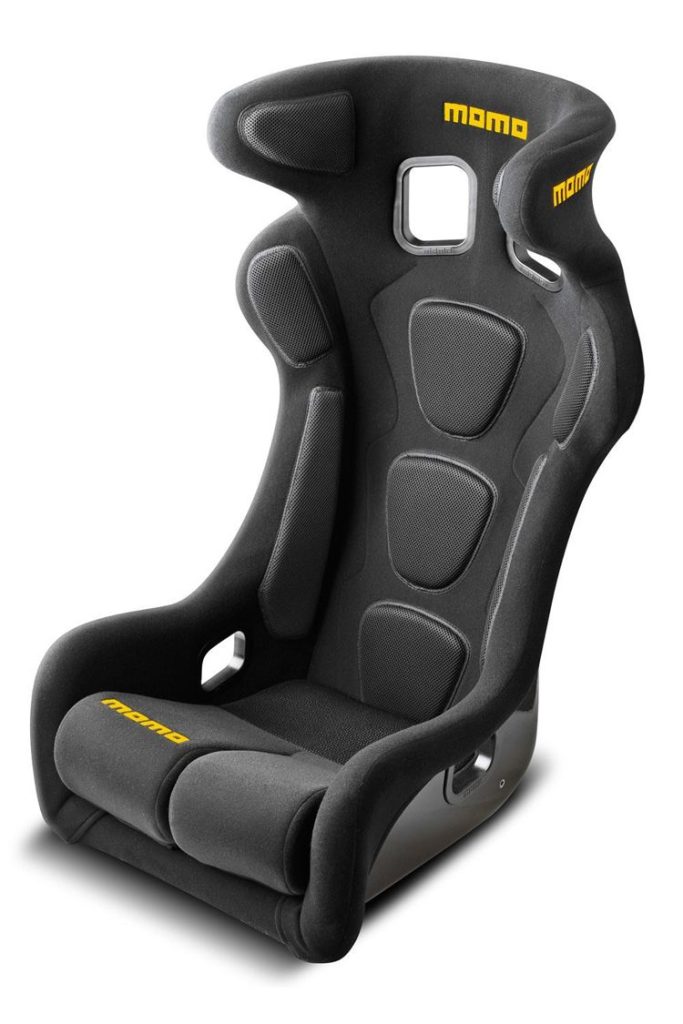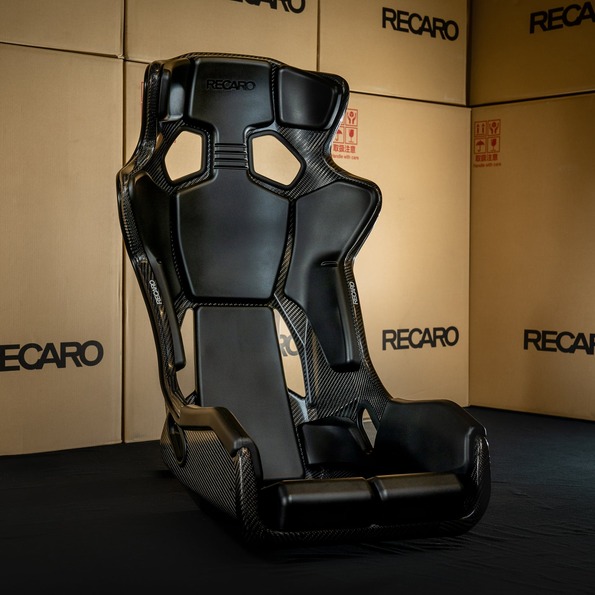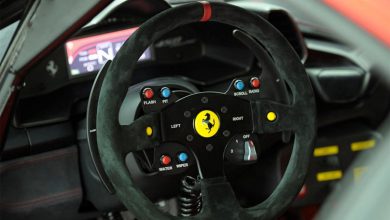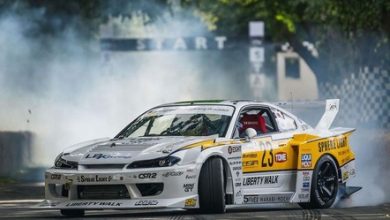The Essential Guide to Racing Car Seats
Looking forward to the running of motorsport, every detail matters, especially the interior design of a racing car. A critical component of this design is the racing car seat, as it provides the driver with both security and comfort in extreme driving conditions. Whether you’re a professional racer or an enthusiast upgrading your vehicle, it is important to find the right racing seat for cars.
Why Racing Car Seats Matter
Racing car seats are not just seats—they are meticulously designed pieces of equipment built to support the driver under high-intensity conditions. Unlike regular car seats, racing car seats are engineered to maximize safety, support, and stability. Sharp turns, rapid acceleration, and sudden braking are frequent, a racing car seat holds the driver firmly in place to prevent unnecessary movement. It allows for greater control and faster reaction times.

Racing car seats also provide critical ergonomic support to reduce driver fatigue. Since racing sessions can last several hours, seat designs consider the strain on muscles, back, and neck. The right racing seat for cars can provide comfort without compromising the firm support needed to handle the rigors of racing.

Key Features of Racing Car Seats
- High-Side Bolsters: Racing car seats are designed with high side bolsters that hug the body to prevent sliding during sharp turns. This is essential in maintaining driver position, especially when cornering at high speeds. The bolsters also reduce the risk of injury by keeping the driver securely in place in case of a collision.
- Harness Compatibility: Unlike standard car seats, racing car seats are compatible with multi-point harnesses, typically four-, five-, or six-point harnesses. These harnesses are far more secure than traditional seatbelts, ensuring that the driver remains in place during high-speed impacts.
- Lightweight Materials: Racing seats are often made from materials like carbon fiber, fiberglass, or reinforced composites to reduce weight without sacrificing strength. These materials keep the overall car weight down, which is crucial in racing, as it directly impacts speed and maneuverability.
- Ergonomic Design: Racing seats are shaped to provide maximum support and comfort for the driver’s posture. The seats are contoured to support the back and neck, reducing fatigue and allowing drivers to remain focused and responsive during long races.
Types of Racing Seats for Cars
Racing seats come in various types, each suited to different racing needs and driver preferences:
- Bucket Seats: These are the most common type of racing car seats. Bucket seats provide a snug fit around the driver, ensuring minimal movement during turns and acceleration. The high side bolsters and harness compatibility make bucket seats a staple in motorsport.

- Reclining Racing Seats: While traditional racing car seats are fixed, some models are designed with a reclining function, providing flexibility and adjustability. These seats are ideal for racers who may also use their car on the street, as they offer both support for racing and comfort for everyday driving.
- Fixed Back Racing Seats: These are rigid seats that do not recline, designed purely for racing purposes. They provide maximum support and are usually lighter than reclining seats, making them ideal for competitive racing.
Choosing the Right Racing Seat for Cars
Selecting the right racing seat is a critical decision that affects safety, comfort, and performance. Drivers should consider the type of racing they’ll be doing, their body size, and the specific requirements of their vehicle. For instance, professional racers often prefer fixed-back bucket seats for optimal support, while weekend racers or enthusiasts might choose reclining racing seats for added versatility.
Additionally, it’s essential to ensure that the seat’s dimensions fit the car’s interior and the driver’s body for optimal comfort and control. Testing different models and consulting with experts can be helpful in making an informed choice.
The Impact of Racing Car Seats on Performance
A well-chosen racing car seat enhances driver control and responsiveness. By securing the driver firmly in position, the seat allows for better feedback from the car’s movements, helping drivers anticipate and react to changes in handling. In motorsport, even slight advantages in control and comfort can make the difference between winning and losing, highlighting the critical role of racing car seats in competitive performance.
Racing car seats are far more than a place to sit; they are a crucial component of a racing car’s performance design. From the high-side bolsters to the lightweight materials, every aspect of a racing car seat is crafted with precision to support drivers through the demands of high-speed racing. For any motorsport enthusiast or competitive driver, investing in the right racing seat for cars is an essential step toward maximizing both safety and performance on the track.



